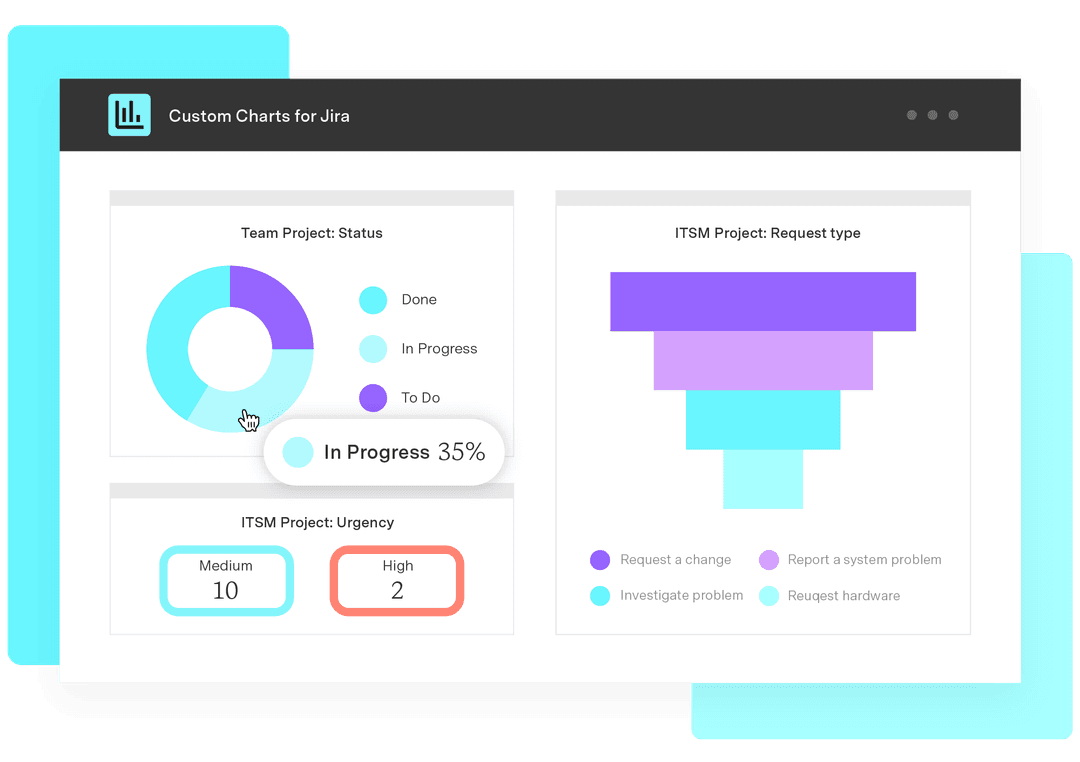How to unlock growth with data democratization
Tempo Team
You can have all the data in the world – but if your team can’t use it, it’s just noise. The real magic happens when everyone, from interns to leaders, can access, interpret, and act on that data.
Data democratization makes that happen. When data flows freely, teams make smarter decisions, collaborate naturally, and innovate even more. Every employee can contribute to outcomes that drive business forward.
Here’s a guide to data democratization and how to apply it.
What is data democratization?
Data democratization means giving everyone in your organization the chance to work with data – not just the analysts or data scientists. It’s an ongoing process where people at every level can access, interpret data, and feel confident using it to make better choices.
When you focus on data democratization, you remove the data silos that slow processes down and replace them with self-service options that speed up decision-making. With the right data democratization tools, like intuitive analytics platforms and clear data visualization, people can share insights without hitting roadblocks.
A thoughtful data democratization strategy combines technology and culture. While you need tools like data catalogues to secure information, you also need to empower employees to challenge assumptions and use data to drive innovation. This balance helps you turn raw data into better actions and outcomes across the business.
Why data democratization really matters
When only a handful of experts can access data, everyone else has to wait. And that waiting period slows down decision-making.
The purpose of data democratization is to give every person the confidence and tools to use data themselves, leading to fewer bottlenecks, faster answers, and better outcomes. Here’s what it looks like in action:
Smarter, faster choices: When teams have self-service access to dashboards, analytics tools, and clean operational data, they can react in the moment instead of waiting on someone else to analyze data for them.
Breaking down barriers: Rather than hoarding information in one corner of the business, data sharing and centralized systems make insights visible across teams. Marketing can see sales data, and everyone speaks the same language.
Real-time insights: Modern data democratization tools – whether that’s a cloud-based analytics platform or a data catalog – mean employees don’t have to wait days for reports. They can discover and act on insights immediately.
A culture of confidence: Over time, people get better at spotting trends and applying numbers to solve problems. That shift builds a data-driven culture.
Balance between freedom and control: More access doesn’t mean less protection. Strong data governance and clear access controls mean that while employees explore, data quality and data security stay intact.
At the end of the day, the democratizing of data unlocks potential. It builds an organization where employees can innovate, collaborate, and back up their ideas with facts.
6 benefits of data democratization
When you democratize data, you give teams the ability to think and innovate with confidence. Here’s how it reshapes an organization from the ground up:
1. Informs decision-making
Speed matters. Without democratized data, employees wait days or weeks for reports while opportunities slip away. With self-service analytics tools, a sales manager can pull up conversation data or a product owner can analyze feature usage to prioritize the next sprint. Removing the dependency on a small technical team means everyone can act in real time.
2. Boosts operational efficiency
Think about how much time you waste chasing spreadsheets or reconciling numbers. When data silos come down and everyone pulls from the same analytics platform or data catalogue, that time disappears. Finance, operations, and marketing can all work from the same truth – no back-and-forth necessary.
3. Enhances data-driven culture
A well-thought-out data democratization strategy changes company culture. Instead of gut-driven decisions, teams learn how to ask questions and build their cases on evidence. Over time, this creates a culture where data quality is everyone’s responsibility and collaboration thrives.
4. Drives innovation
When more people can access and explore data, creativity flows. A marketing team can test new channels and validate results without waiting for IT. HR can track employee engagement trends and experiment with programs to improve retention. Product teams can integrate operational data with AI-powered analytics tools to spot patterns no one noticed before.
5. Improves collaboration across teams
Data sharing breaks down silos and aligns teams around common goals. Sales and marketing no longer argue about metrics because they can look at the same dashboards, and finance and ops can review shared operational data to align costs with strategy. Giving everyone equal data access eases alignment across departments.
6. Balances freedom with governance
More access doesn’t have to mean anarchy. Modern data democratization tools have strong data governance and access controls to keep sensitive data safe. Employees can explore insights, and leaders can have confidence in data security. That’s what makes data democratization sustainable.
Examples of data democratization
It’s one thing to talk about data democratization in theory, but what does it actually look like in action? Here are a few real-world examples that show how it transforms the way teams work:
Self-service analytics platforms
Instead of waiting weeks for a report from IT, employees can log into a self-service analytics platform, pull the numbers they need, and analyze data on their own. A sales manager might track conversion rates in real time, while a product team uses data visualization to spot which features customers love. In this scenario, data democratization tools put insights directly in the hands of people who need them most.
Centralized project dashboards
With centralized dashboards that integrate data across tools like Jira and Tempo, everyone works from the same version of truth. Project managers see timelines and stakeholders review progress – all from a single shared dashboard.
Marketing teams accessing sales data
Traditionally, marketing would launch campaigns without direct access to sales results. With data democratization, that wall disappears. Marketers can tap into sales data through shared dashboards, compare campaign performance, and quickly adjust strategies. This cross-team data sharing improves collaboration and speeds up the decision-making that drives revenue.
Real-time reporting across departments
Imagine HR being able to review employee engagement data the same day it’s collected, or operations managers checking live inventory levels without emailing an analyst. By democratizing data access, these departments no longer rely on a central technical team to interpret information. They can act on insights immediately, improving efficiency and responsiveness across the organization.
Empowering teams with democratized Jira data using Tempo
Making data “accessible” isn’t enough. People need tools that actually help them make sense of it.
That’s exactly what Tempo does. It takes the complex project, financial, and time-tracking data inside Jira and turns it into something everyone on your team can use to make smarter decisions.
With Custom Charts for Jira, you can build dashboards that are easy to read and are tailored to what your team really cares about. And with the Power BI Connector for Jira, you can blend Jira data with other business insights to see the full picture. The impact is fewer bottlenecks and a culture where data helps every team move faster.
If you’re ready to make data work for everyone, try Tempo.













































